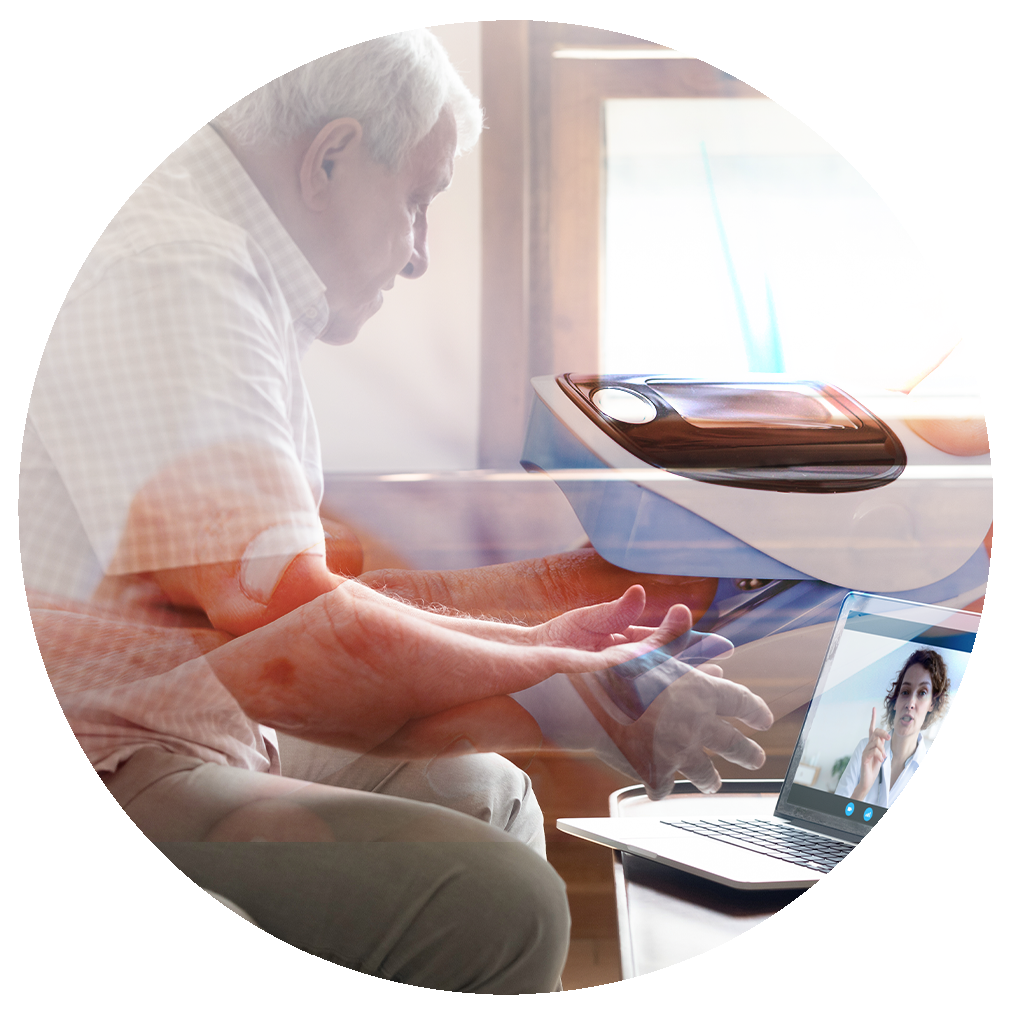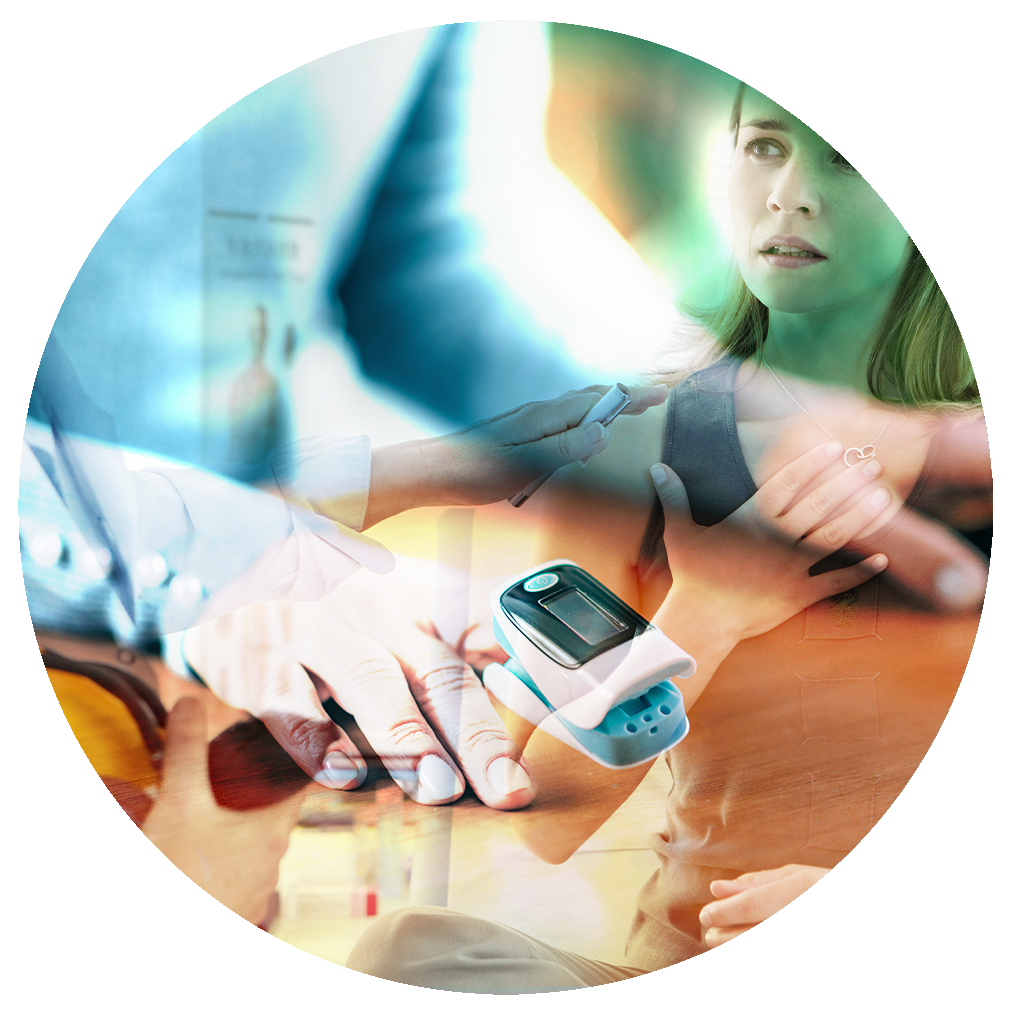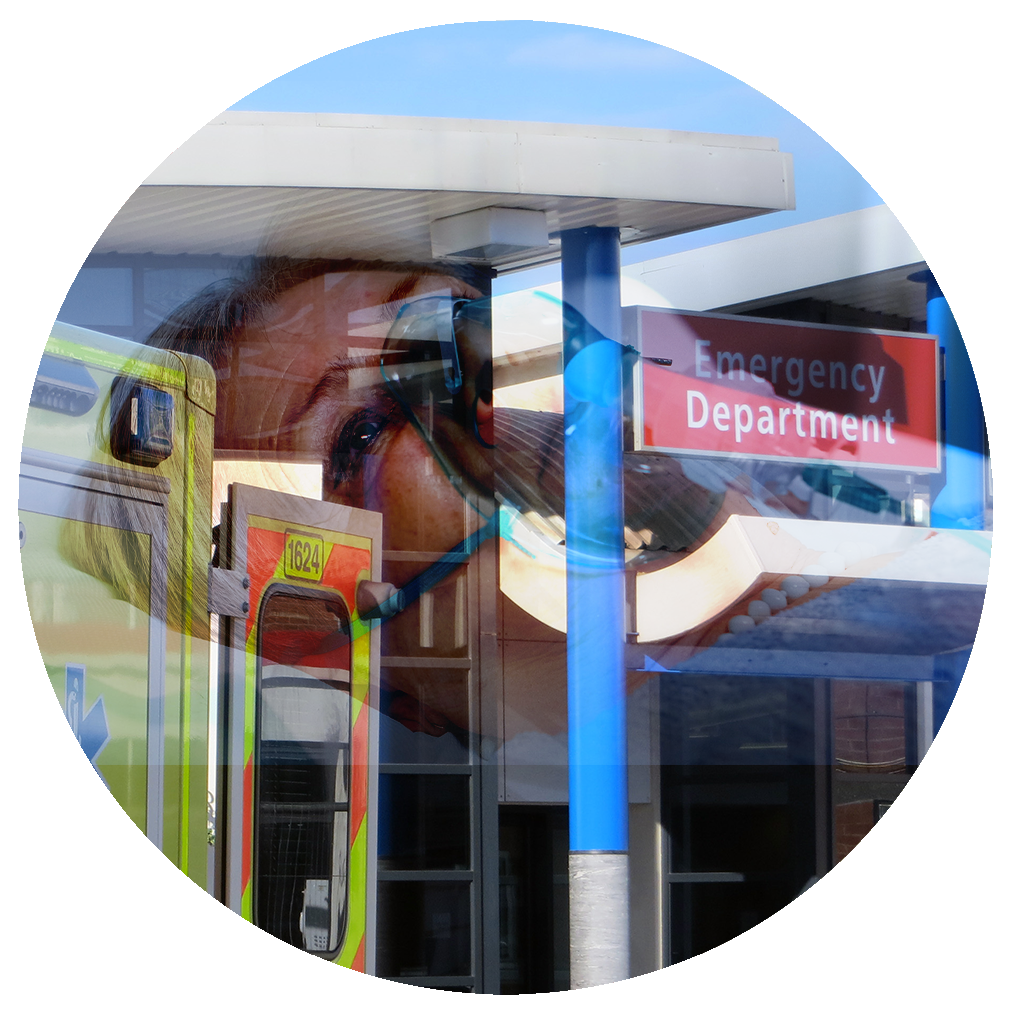Patients with COVID-19 in the community who present with risk factors and/or marginally reduced pulse oximetry measurements, who don’t meet the criteria for admission to hospital, can be monitored from home with the use of a pulse oximeter. Patients should be instructed on how to use the pulse oximeter, and what pulse oximetry thresholds or symptoms would require action to be taken. The clinician who gives the patient the pulse oximeter can decide how frequently to follow-up with the patient, by phone call, text or Florey (accuRx). With this information, the clinician can decide whether the patient is safe to remain at home or have deteriorated to the point they need admitting to hospital. This should continue for two weeks, before the patient returns the pulse oximeter to the practice.
There are links below to some example resources that can be adapted for use in primary care, including a guide on how to use the pulse oximeter and some written instructions that can be given to the patient.




